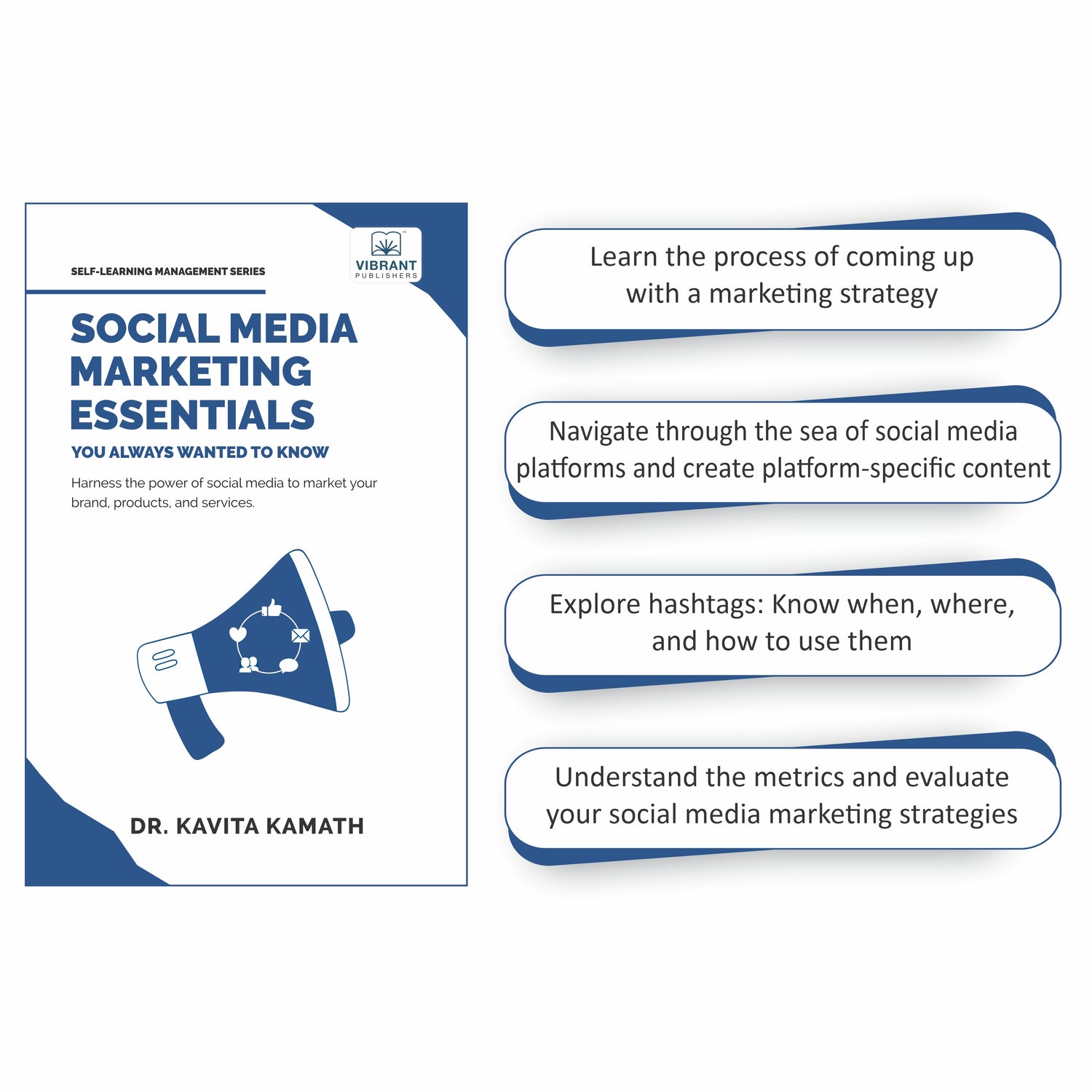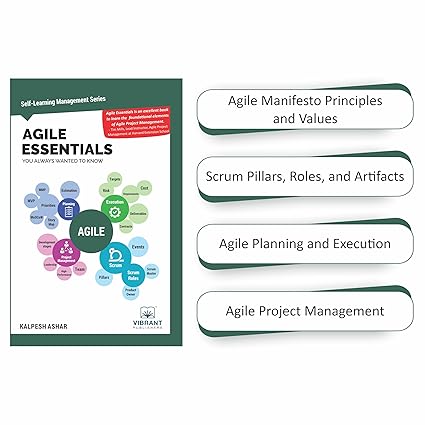Home
-
Blogs on Business and Entrepreneurship
-
Strategic Management for Small Businesses: A Practical Guide to Thinking Long-Term

Strategic Management for Small Businesses: A Practical Guide to Thinking Long-Term
This blog recaps the insights we captured in our recent podcast episode featuring Prof. Vishal Gupta (University of Alabama) an expert in strategic management. We explored how small businesses can think long-term, build resilience, and apply strategic thinking in practical, real-world ways.
Strategic management is often associated with large corporations, boardroom meetings, and long-term forecasting. However, its principles are just as crucial if not more for small businesses. Entrepreneurs operating with limited resources, tighter margins, and rapidly changing markets need clear, forward-thinking strategies to survive and grow.
So what exactly does strategic management look like for a small business owner? Let’s break it down.
1. Understanding the Core of Strategy
At its core, strategic management is about making decisions today that will position your business for success tomorrow. It requires integrating knowledge from the past, understanding the current situation, and planning for an uncertain future. While this might sound overwhelming, it begins with a simple mindset: step back, reflect, and plan.
2. Balancing the Past, Present, and Future
A common theme in strategic thinking is the ability to move seamlessly between timeframes, Small business owners need to:
- Reflect on the past to understand what has worked and what hasn't.
- Be grounded in the present, managing immediate concerns and opportunities.
- Anticipate the future, asking critical “what if” questions to prepare for change.
This ability to be mindful of different timelines is what gives a business its agility. If you only focus on the present, you risk being reactive. If you dwell on the past, you may become resistant to innovation. And if you look only to the future, you may overlook the urgent needs of your customers today. Strategic management finds a thoughtful balance.
3. The Power of Anticipation
One of the most critical aspects of strategy is the ability to anticipate. This doesn't mean having a crystal ball it means developing a habit of scanning the environment and asking:
- What trends are emerging in our industry?
- How are customer expectations changing?
- What technologies could disrupt our business?
Even five or ten years ago, many people wouldn’t have predicted the rise of video-based social media platforms or the global shift toward remote work. Yet businesses that adapted quickly were the ones that thrived.
Strategic anticipation comes from being curious and informed. Small business owners should make time to read industry news, attend webinars, talk to customers, and watch what competitors are doing. It’s not about copying others, it's about spotting patterns and preparing accordingly.
4. Strategic Thinking is Not Just for Experts
A major misconception is that strategy is reserved for MBAs or consultants. In reality, small business owners are already making strategic decisions whether they know it or not. Every time you choose to enter a new market, hire a new employee, or launch a new product, you're making strategic moves.
The key is to be intentional. Take the time to write down your goals. Review your assumptions. Ask your team what they think. Build reflection and foresight into your decision-making process.
Strategic thinking can be simple. Start with questions like:
- What are our biggest strengths right now?
- What are we not doing that we should be?
- Where do we want to be in 12 months—and how will we get there?
5. Strategy as a Habit
Perhaps the most useful insight is that strategy is not an event—it’s a habit. It’s not something you do once a year at a retreat. It’s a continuous process of adjusting, learning, and evolving. Think of it as a cycle:
- Assess your current position.
- Plan a course of action based on available insights.
- Act on the plan while remaining flexible.
- Review what worked and what didn’t.
This cycle doesn’t need to be formal. It can be as simple as a monthly check-in with your team or a quarterly review of your goals.
6. Common Pitfalls to Avoid
Even with the best intentions, many small businesses struggle to maintain a strategic mindset. Some common traps include:
- Short-term fixation: Only focusing on immediate revenue without long-term growth.
- Overplanning: Spending too much time creating a perfect plan, and not enough time executing.
- Ignoring feedback: Not listening to employees, customers, or data.
Avoiding these pitfalls requires humility and discipline. Small businesses thrive when they remain flexible, listen actively, and adapt quickly to feedback.
7. Strategy in Action
A practical example of strategy at work might be a local bookstore deciding to offer online orders and virtual author events. This move is strategic because it:
- Adapts to customer behavior (online shopping),
- Leverages strengths (curated inventory and community),
- Plans for sustainability (alternative revenue streams).
The strategy didn’t require expensive consultants or a 50-page plan. It required observation, creativity, and the willingness to test something new.
Final Thoughts
Strategic management isn’t a luxury—it’s a necessity for small businesses operating in a fast-paced, unpredictable world. When small business owners commit to thinking strategically, they build more than just a business. They build a roadmap for resilience, growth, and long-term impact.
Start small. Reflect often. Think long-term. That’s the strategic advantage.
Checkout the full Podcast Episode for more insights
Share











